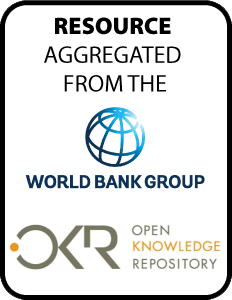Resource information
Women comprise 50 percent of the
agricultural labor force in Sub-Saharan Africa, but manage
plots that are reportedly on average 20 to 30 percent less
productive. As a source of income inequality and aggregate
productivity loss, the country-specific magnitude and
drivers of this gender gap are of great interest. Using
national data from the Uganda National Panel Survey for
2009/10 and 2010/11, the gap before controlling for
endowments was estimated to be 17.5 percent. Panel data
methods were combined with an Oaxaca decomposition to
investigate the gender differences in resource endowment and
return to endowment driving this gap. Although men have
greater access to inputs, input use is so low and inverse
returns to plot size so strong in Uganda that smaller
female-managed plots have a net endowment advantage of 12
percent, revealing a larger unexplained gap of 29.5 percent.
Two-fifths of this unexplained gap is attributed to
differential returns to the child dependency ratio and
one-fifth to differential returns to transport access,
implying that greater child care responsibilities and
difficulty accessing input and output markets from areas
without transport are the largest drivers of the gap.
Smaller and less robust drivers include differential uptake
of cash crops, and differential uptake and return to
improved seeds and pesticides.


